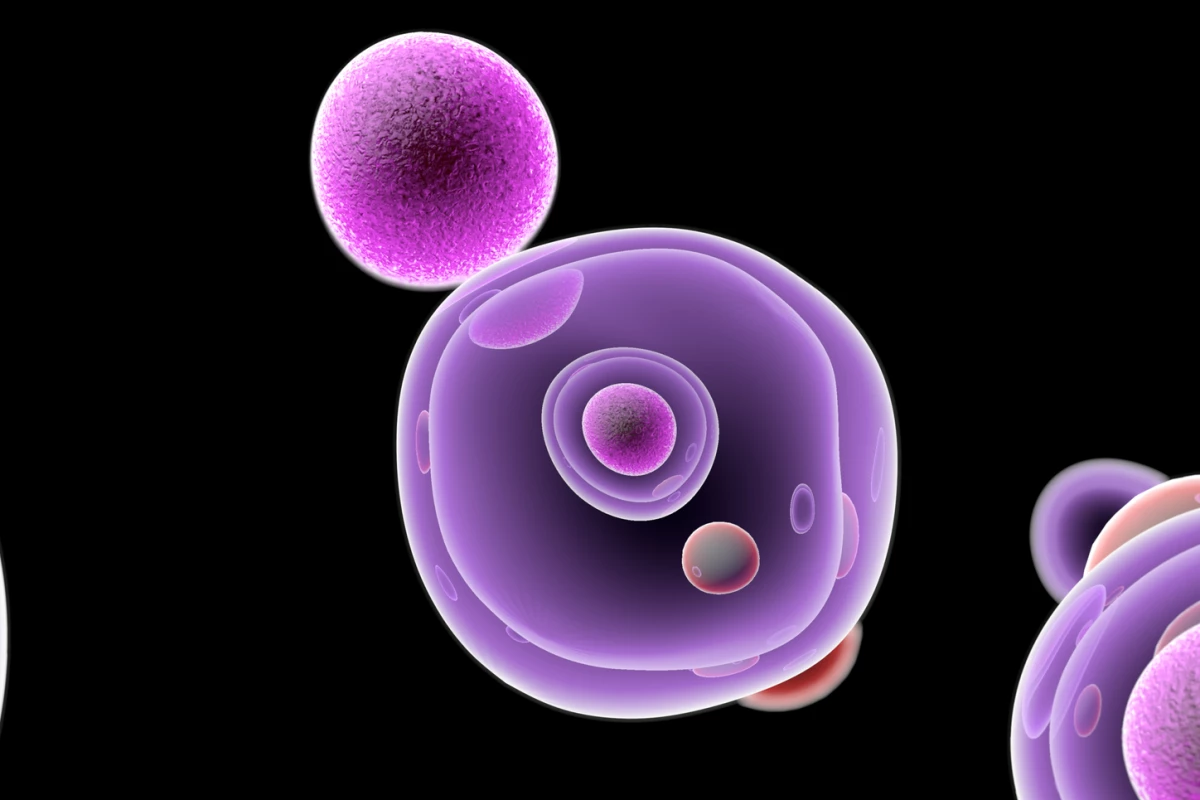Stanford scientists may have found a way to essentially return older cells to a more youthful state. The adult cells are treated with a mix of proteins from early embryonic development, which removes many of the molecular signs of aging. The cells closely resembled younger ones, and in mouse tests, older animals regained the muscle strength of youth.
Stem cells have the remarkable ability to differentiate into basically any other type of cell in the body. That’s not only important for healthy development of embryos, but it opens an intriguing possible treatment for replenishing lost cells to repair damage to organs and tissues.
Induced pluripotent stem cells (iPS cells) are an emerging method for this kind of treatment. Scientists first take samples of a patient’s adult cells, often from the skin, and then expose them to what are known as Yamanaka proteins. These essentially rewind the cells’ clocks back to an embryonic state, where they’re once again ready to become whatever specialized cells are currently needed.
But the scientists on the new study wondered whether this treatment could also be used for more general anti-aging purposes. Basically, rather than “time-travelling” all the way back to being an embryo, couldn’t you stop the time machine at your 20-year old self?
To test out the idea, the Stanford team experimented with human cells in culture, and in live mice. Normally, creating iPS cells involves several weeks of exposure to Yamanaka proteins, so the researchers tested what just a few days might do.
The team started with human skin and blood vessel cells, and used messenger RNA to force these cells to express six reprogramming factors. After a few days they compared certain markers of aging in both treated and untreated cells from elderly people, as well as untreated cells from younger people.
They found that after just four days of treatment, the elderly cells more closely resembled the younger cells in gene expression. Comparing methyl groups, which are indicators of a cell’s chronological age, the treated elderly cells appeared on average 1.5 to 3.5 years younger than the untreated elderly cells. The blood vessel cells even peaked at 7.5 years younger in appearance.
In other tests, the researchers found dramatic rejuvenation in various other hallmarks of aging, including metabolism, nutrient sensing and waste removal. Cartilage cells from people with osteoarthritis also saw lower inflammation and higher cell division after the treatment.
Mouse tests also proved promising. The team removed muscle stem cells from elderly mice, treated them, and transplanted them back into the animals. The treated elderly mice regained much of the muscle strength of younger animals, the researchers found.
“When iPS cells are made from adult cells, they become both youthful and pluripotent,” says Vittorio Sebastiano, senior author of the study. “We’ve wondered for some time if it might be possible to simply rewind the aging clock without inducing pluripotency. Now we’ve found that, by tightly controlling the duration of the exposure to these protein factors, we can promote rejuvenation in multiple human cell types.”
The researchers hope to one day be able to “reboot” entire tissues, but before then much more work needs to be done to ensure the treatment is safe and effective in humans.
The research was published in the journal Nature Communications.
Source: Stanford University




